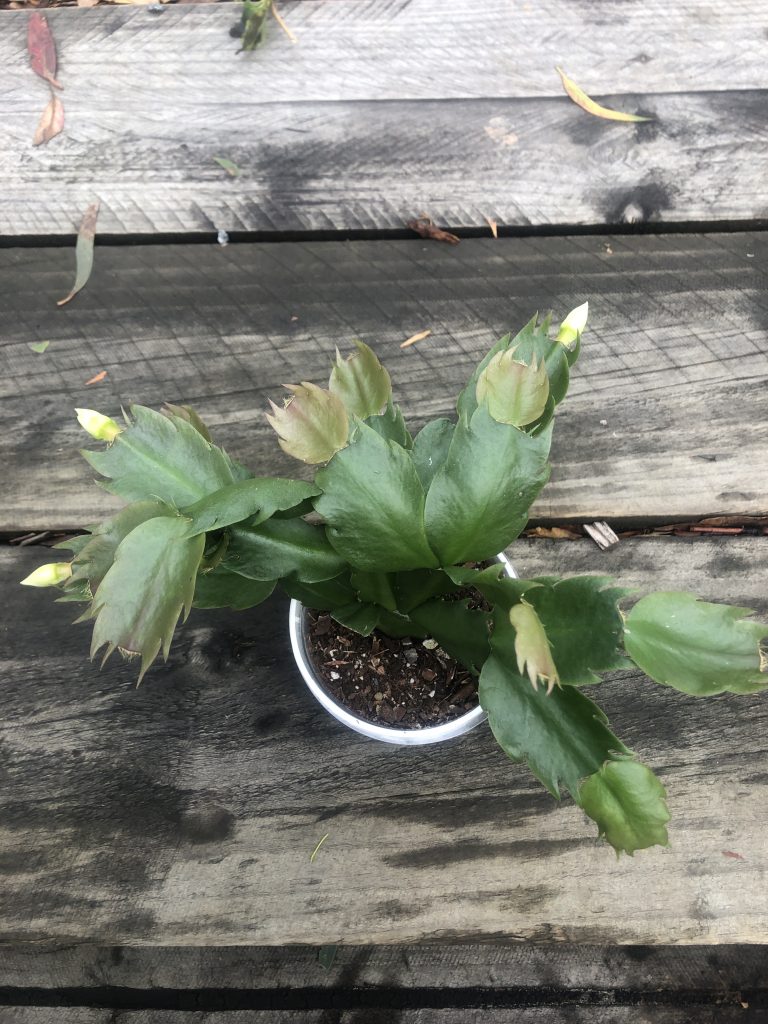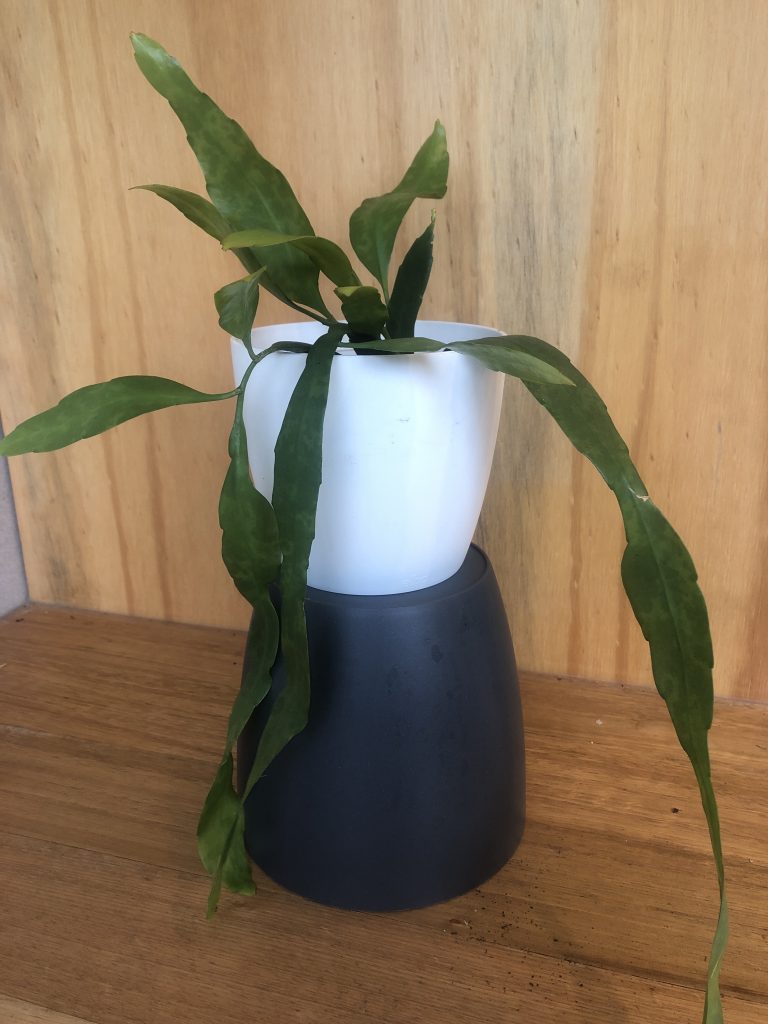When you hear the word cactus, you would naturally come up with images of dry, hot, exposed conditions filled with oddly shaped, slow growing, spiny plants. ‘Jungle cactus’ just doesn’t makes sense – it sounds like a contradiction in terms.
Well, let me introduce you to the wonderful group of plants known as jungle cactus. As you might guess, they are happiest growing in a jungle: warm, crowded, humid conditions. They can take on a wide range of forms and leaf shapes. The big giveaway is that they are epiphytes (non-parasitic plant that grows on trees) and they don’t have spines.
While the jungle cactus is an epiphyte in its natural habitat, it’s not that easy to reproduce those conditions in the houseplant jungle. So choose a free-draining potting mix, same as you would use for a Philodendron – but don’t let water pool in the cover pot. Do not allow them to stand in a puddle of water. That is death for a jungle cactus.
From the forests and jungles of Mexico Central, Mexico Northeast, Mexico Southwest come several species of Disocactus – my favourite is Disocactus anguliger, the Fishbone cactus.

It’s the only one that produces a scented flower. It used to be known as Epiphyllum anguliger until recent molecular research (21016) found it to be a species of Disocactus.

Next up is Rhipsalis lepismium bolivianum. You can guess by the name that this jungle cactus is from the jungles of Bolivia.

It’s an epiphytic cactus that grows a hanging mass of thin, flattened, narrow stems that are a deep green and grow up to 3 feet long, given the chance. As with most jungle plants, this one doesn’t like direct sun, preferring filtered light through the branches and leaves of others above, or if its on its own, bright, indirect light. As the jungle is its preferred habit, don’t let it dry out. If it’s not overwatered, this plant is quite tolerant of most conditions. The long branches will wither and shrink a little when it needs a drink. The best way to tell as to when to water is to feel the weight of the plant – if it feels light compared to its size, then give it a good soak and drain before returning it to its cover pot.

A jungle cactus from Brazil is the Schlumbergera truncata, found in the coastal mountain jungles of Rio de Janeiro in south-eastern Brazil.

It is an epiphyte with leafless green, flattened stems that look cut off (truncated) and has two or three “teeth” of varying shapes along their edges and at the ends. Between the teeth are aeroles which produce a brown bristles that look like wool, from which grow either red, orange, pink or white flowers. The plant flowers in its natural habitat in Autumn – short days and long nights induce flowering.

Another jungle cactus in the collection is Rhipsalis ramulosa. It is widely distributed throughout the jungles of Central America.

Under ideal light conditions, the stems of this plant will turn red.

This was added to the collection over a year ago, and has put on excellent growth – but it hasn’t produced the red. I am beginning to wonder if it was the victim of bad plant labelling. It’s been moved to a grow light to see if it will go red. If not, that’s cool too – it’s a nice looking jungle plant.
Which ever one you go for, all of the jungle cactus plants need the same conditions: potting mix with excellent aeration – which means a chunky, loose mix which includes plenty of orchid bark, perlite and horticultural charcoal.. They don’t grow well in heavy, wet mixes. Provide bright, indirect light and avoid direct sun. Good growth occurs when temperatures are 20 – 30°C. Limited growth will occur below 15°C and lower temperatures of 10°C minimum overnight promote flowering.

